Home>Gardening & Outdoor>Outdoor Structures>How To Fix A Sagging Flat Shed Roof
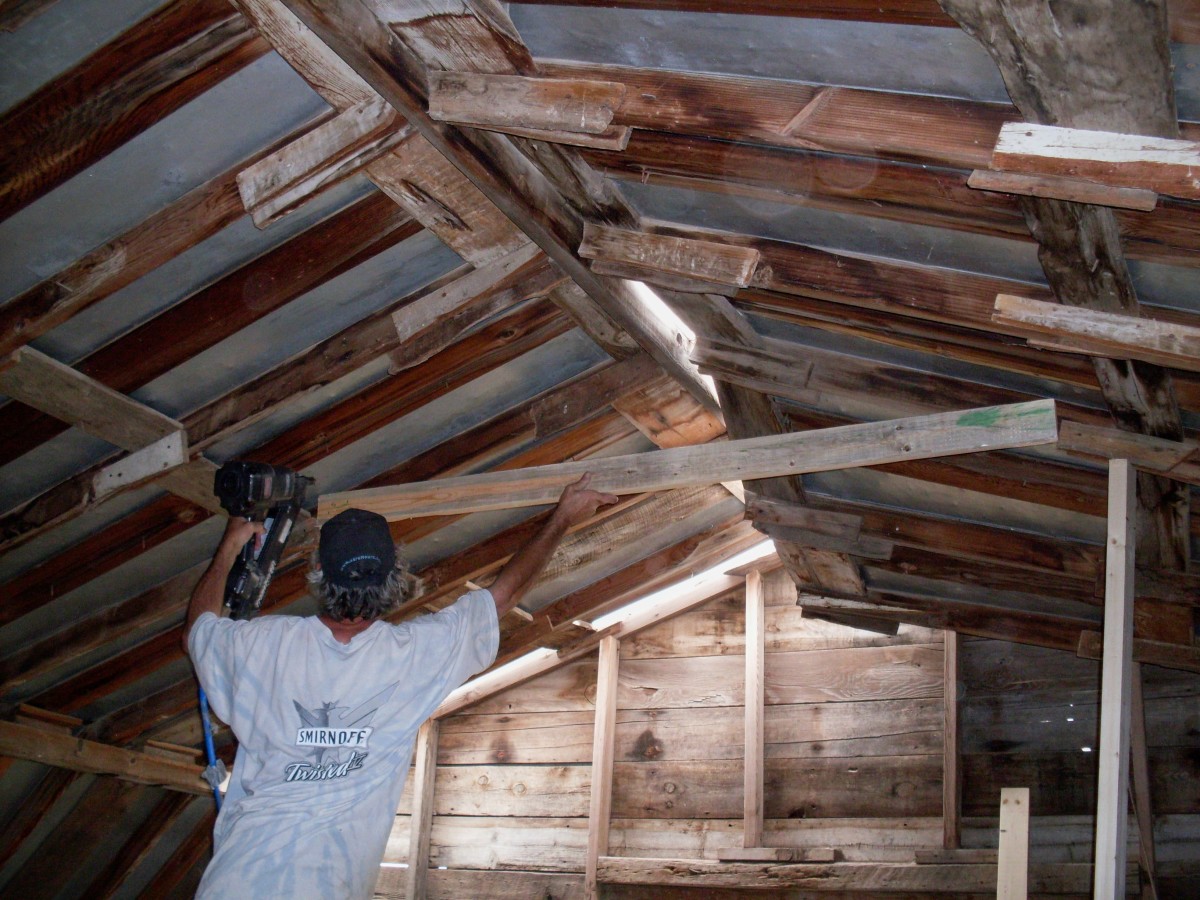

Outdoor Structures
How To Fix A Sagging Flat Shed Roof
Modified: May 6, 2024
Learn how to fix a sagging flat shed roof and protect your outdoor structures. Our expert tips will help you restore stability and durability.
(Many of the links in this article redirect to a specific reviewed product. Your purchase of these products through affiliate links helps to generate commission for Storables.com, at no extra cost. Learn more)
Introduction
Welcome to our guide on fixing a sagging flat shed roof! If you've noticed that your shed's roof is showing signs of sagging, it's crucial to address this issue promptly to prevent further damage. A sagging roof not only affects the aesthetic appeal of your shed but also compromises its structural integrity and weather resistance. In this comprehensive guide, we'll walk you through the process of assessing the damage, repairing the support structure, replacing the roofing material, and reinforcing the roof to restore your shed to its former glory.
A sagging flat shed roof can be attributed to various factors, including inadequate support, weather-related stress, or deterioration of roofing materials. By understanding the underlying causes and implementing the appropriate repairs, you can effectively rectify the issue and prolong the lifespan of your shed.
Whether you're a seasoned DIY enthusiast or a novice homeowner, this guide will equip you with the knowledge and confidence to tackle the task at hand. With the right tools, materials, and a systematic approach, you can successfully remedy a sagging flat shed roof, safeguarding your investment and ensuring long-term durability.
So, roll up your sleeves and get ready to restore stability and functionality to your shed's roof. Let's dive into the process of assessing the damage and taking the necessary steps to revitalize your flat shed roof!
Key Takeaways:
- Don’t ignore a sagging shed roof! Assess the damage, repair the support structure, replace the roofing material, and reinforce the roof to restore strength and prevent future issues.
- Regular maintenance is key! Stay vigilant, address sagging promptly, and share your newfound knowledge to empower others in maintaining their outdoor structures.
Read more: How To Roof A Flat Roof Shed
Assessing the Damage
Before diving into the repair process, it’s essential to thoroughly assess the extent of the damage to your shed’s flat roof. Start by visually inspecting the roof from both the interior and exterior perspectives. Look for telltale signs of sagging, such as uneven or dipping sections, visible depressions, or misaligned roofing materials.
Once you’ve identified the areas of concern, it’s time to investigate the underlying causes of the sagging. Common culprits include inadequate support structures, water damage, rotting or deteriorating roof joists, and excessive weight from accumulated debris or heavy snow loads. By pinpointing the specific issues contributing to the sagging, you can tailor your repair approach accordingly.
Interior Examination:
- Inspect the ceiling of the shed for any visible sagging or dipping.
- Look for water stains, mold, or mildew, which indicate potential water damage.
- Check for any unusual sounds or creaking when walking on the roof from the inside.
Exterior Assessment:
- Survey the overall flatness of the roof from a distance, noting any noticeable dips or depressions.
- Examine the condition of the roofing material for signs of wear, tear, or damage.
- Assess the structural integrity of the support beams and joists beneath the roof.
Additionally, consider the historical weather patterns and any recent events that may have impacted the roof’s stability. Heavy rainfall, snow accumulation, or strong winds can exert significant stress on a flat shed roof, potentially leading to structural issues over time.
By conducting a comprehensive assessment, you’ll gain valuable insights into the root causes of the sagging, enabling you to proceed with targeted repairs. With a clear understanding of the underlying issues, you’ll be well-equipped to address the support structure and roofing material, ultimately restoring strength and resilience to your shed’s flat roof.
Repairing the Support Structure
Once you’ve assessed the damage and identified the underlying issues contributing to the sagging flat shed roof, it’s time to focus on repairing the support structure. The support system of your shed plays a pivotal role in maintaining the stability and integrity of the roof, making it essential to address any structural deficiencies promptly.
Here’s a step-by-step approach to repairing the support structure:
1. Clear the Area: Before initiating any repairs, ensure that the area surrounding the shed is clear of any obstructions or debris. This provides a safe and accessible workspace for carrying out the necessary repairs.
2. Inspect and Reinforce Joists: Thoroughly examine the condition of the roof joists, paying close attention to signs of rot, decay, or damage. Replace any compromised joists with new, pressure-treated lumber to reinforce the structural integrity of the roof.
3. Address Support Beams: Evaluate the support beams that underpin the roof, checking for warping, bending, or deterioration. Replace or reinforce any weakened or damaged beams to restore the stability of the entire structure.
4. Install Additional Supports: Depending on the extent of the sagging and the overall condition of the support system, consider adding supplementary supports, such as braces or purlins, to distribute the weight of the roof evenly and prevent future sagging.
5. Apply Protective Coatings: Once the repairs are complete, consider applying protective coatings or sealants to the repaired support structure. This helps safeguard the wood from moisture, UV exposure, and other environmental factors, prolonging its longevity and resilience.
6. Professional Consultation: In cases of extensive damage or uncertainty about the repair process, it’s advisable to seek professional consultation. A qualified contractor or structural engineer can offer valuable insights and recommendations for reinforcing the support structure effectively.
By meticulously addressing the support structure, you’ll lay a solid foundation for the subsequent steps in the repair process. With a robust and reliable support system in place, you’ll be well-prepared to proceed with replacing the roofing material and reinforcing the roof, ultimately restoring your flat shed roof to its optimal condition.
Inspect the roof for any damaged or rotten wood. Replace any damaged or rotten wood with new materials to provide proper support and prevent further sagging.
Replacing the Roofing Material
After addressing the support structure, the next crucial step in remedying a sagging flat shed roof is replacing the roofing material. The condition of the roofing material directly impacts the shed’s weather resistance, insulation, and overall aesthetic appeal. By replacing worn or damaged roofing material, you can enhance the durability and functionality of the roof.
Here’s a comprehensive approach to replacing the roofing material:
1. Assess the Existing Material: Evaluate the current roofing material, whether it’s asphalt shingles, metal panels, EPDM membrane, or another type. Look for signs of wear, tears, cracks, or deterioration, as these issues can compromise the roof’s ability to withstand the elements.
2. Select High-Quality Replacement: Choose high-quality replacement material that aligns with the architectural style of your shed and offers superior durability and weather resistance. Consider factors such as color, texture, and material composition to ensure a seamless integration with your shed’s aesthetic and functional requirements.
3. Remove Old Material: Carefully remove the old roofing material, taking precautions to avoid causing further damage to the underlying structure. Dispose of the old material responsibly, adhering to local waste disposal regulations and environmental guidelines.
4. Prepare the Surface: Thoroughly clean and prepare the roof surface, removing any debris, dust, or remnants of the old material. Ensure that the underlying support structure is sound and free from any obstructions that could hinder the installation of the new roofing material.
5. Install New Material: Follow the manufacturer’s guidelines and best practices for installing the chosen roofing material. Whether it involves laying shingles, securing metal panels, or applying a membrane, precision and attention to detail are essential for achieving a watertight and visually appealing result.
6. Seal and Secure: Once the new material is in place, carefully seal the seams, edges, and penetrations to prevent water infiltration and enhance the overall weatherproofing of the roof. Use appropriate sealants, adhesives, or fasteners as recommended by the material manufacturer.
7. Insulate and Ventilate: Consider the opportunity to improve insulation and ventilation during the re-roofing process. Adequate insulation and ventilation contribute to energy efficiency, moisture control, and temperature regulation within the shed, promoting a comfortable and functional interior environment.
By diligently replacing the roofing material, you’ll significantly contribute to the structural integrity and longevity of your shed’s flat roof. With a new, robust roofing system in place, you’re now ready to reinforce the roof and fortify it against future sagging and weather-related challenges.
Reinforcing the Roof
With the support structure repaired and the roofing material replaced, the final essential step in addressing a sagging flat shed roof is reinforcing the entire roof assembly. Reinforcement measures are designed to distribute weight evenly, enhance structural stability, and mitigate the risk of future sagging or structural issues.
Here’s a comprehensive approach to reinforcing the roof:
1. Add Cross-Bracing: Install cross-bracing between the roof trusses or joists to bolster the lateral stability of the roof structure. This additional bracing helps counteract the forces that can lead to sagging, especially during periods of heavy snow loads or strong winds.
2. Consider Truss Reinforcement: If your shed features truss-based roof construction, consider reinforcing the trusses with gusset plates, additional framing members, or engineered solutions recommended by a structural professional. Truss reinforcement can effectively strengthen the entire roof framework.
3. Evaluate Load-Bearing Capacity: Assess the load-bearing capacity of the roof to ensure it can accommodate potential weight stresses, such as accumulated snow, equipment storage, or maintenance activities. Understanding the roof’s capacity is crucial for preventing future sagging and maintaining structural integrity.
4. Implement Rafter Ties: Install rafter ties or collar ties to connect opposing rafters, promoting uniform load distribution and preventing the roof from spreading or sagging under external forces. Rafter ties are particularly beneficial for flat roofs, helping to maintain the desired shape and stability of the roof assembly.
5. Consider Roof Deck Reinforcement: If applicable, reinforce the roof deck with additional layers of sheathing or structural panels. This reinforcement enhances the rigidity and load-bearing capacity of the roof, contributing to its overall resilience and resistance to sagging.
6. Inspect and Seal Penetrations: Thoroughly inspect and seal any penetrations in the roof, such as vents, chimneys, or skylights, to prevent water infiltration and maintain the integrity of the roofing system. Proper sealing is essential for preserving the reinforced structure and preventing potential water-related damage.
7. Professional Consultation: For complex reinforcement needs or if you’re uncertain about the structural integrity of the roof, consider consulting with a qualified contractor or structural engineer. Their expertise can provide valuable insights and recommendations for reinforcing the roof effectively.
By reinforcing the roof with meticulous attention to detail and a focus on long-term stability, you’ll fortify your shed against the forces that can lead to sagging and structural compromise. With a reinforced roof, your shed will stand resilient against environmental stressors and serve its intended purpose for years to come.
Read more: How To Fix Sagging Roof
Conclusion
Congratulations on successfully addressing the challenge of a sagging flat shed roof! By diligently assessing the damage, repairing the support structure, replacing the roofing material, and reinforcing the roof, you’ve revitalized your shed and ensured its long-term durability. This comprehensive process has not only restored the structural integrity of your shed’s roof but also enhanced its aesthetic appeal and weather resistance.
It’s important to recognize that maintaining a sturdy and reliable flat shed roof is an ongoing commitment. Regular inspections, proactive maintenance, and prompt repairs in response to any signs of sagging or structural stress are essential for preserving the integrity of the roof over time. By staying vigilant and proactive, you can prevent issues from escalating and safeguard your investment in the shed.
As you admire the renewed strength and resilience of your shed’s roof, take pride in the knowledge and skills you’ve gained throughout this repair journey. Whether you’re a seasoned DIY enthusiast or someone who’s ventured into home maintenance for the first time, the successful remediation of a sagging flat shed roof is a testament to your dedication and resourcefulness.
Remember, the insights and techniques you’ve acquired in this process extend beyond this particular repair project. They can be applied to future endeavors, empowering you to tackle a wide range of maintenance and improvement tasks with confidence and proficiency. Your shed’s roof stands as a testament to your ability to overcome challenges and preserve the functionality and beauty of your outdoor spaces.
Lastly, share your newfound knowledge with others who may encounter similar roofing issues. By offering guidance and support, you can contribute to a community of informed and capable individuals who are adept at maintaining and enhancing their outdoor structures.
As you continue to enjoy the shelter and utility provided by your shed, may the experience of remedying a sagging flat roof serve as a reminder of your capability to overcome obstacles and nurture the spaces that enrich your daily life.
Here’s to a resilient and reliable flat shed roof, and to the knowledge and empowerment gained along the way!
Now that you've tackled a sagging roof, why not learn how to address other common issues? If your flat roof has developed bubbles or tears, mastering repair techniques can extend its life and improve your home's protection. Our guide on repairing flat roofs offers straightforward, effective strategies to handle these problems efficiently.
Frequently Asked Questions about How To Fix A Sagging Flat Shed Roof
Was this page helpful?
At Storables.com, we guarantee accurate and reliable information. Our content, validated by Expert Board Contributors, is crafted following stringent Editorial Policies. We're committed to providing you with well-researched, expert-backed insights for all your informational needs.
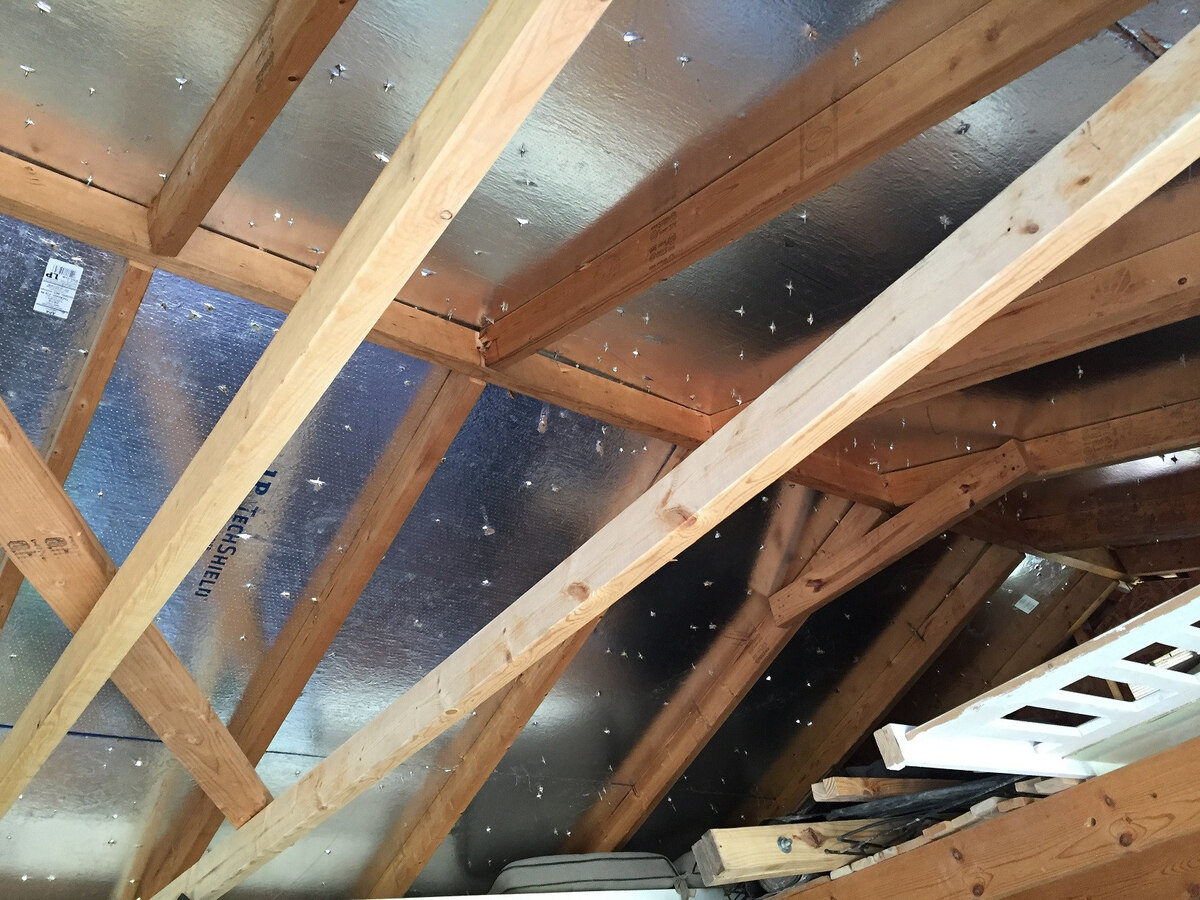
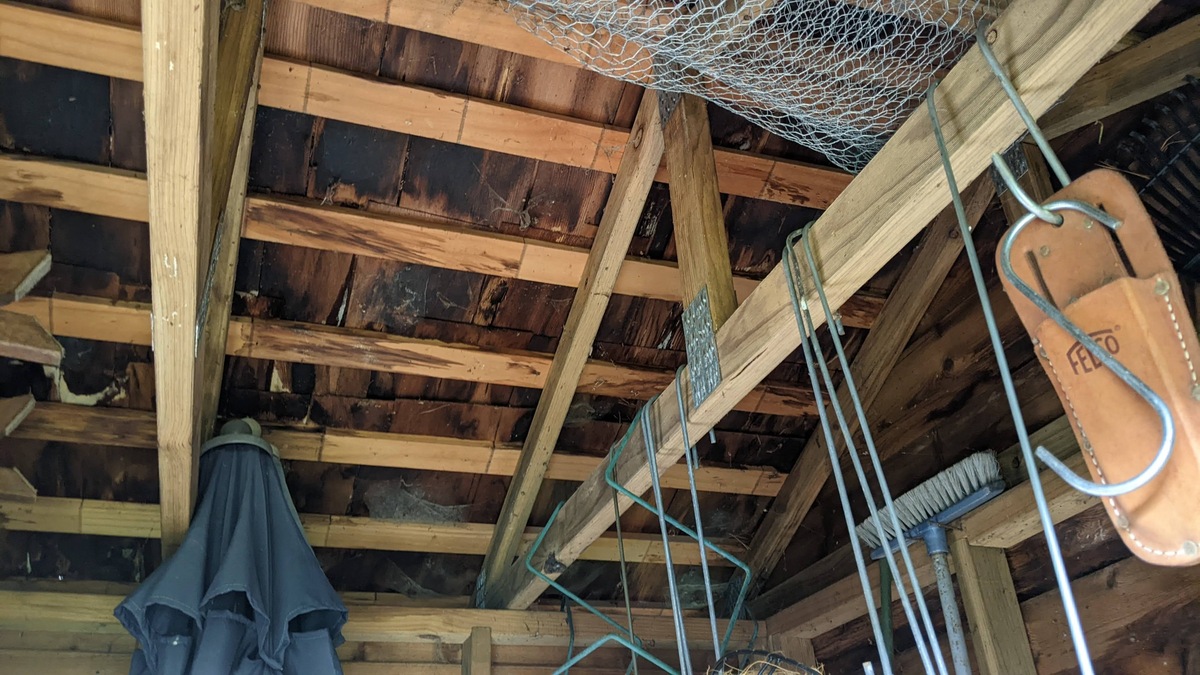
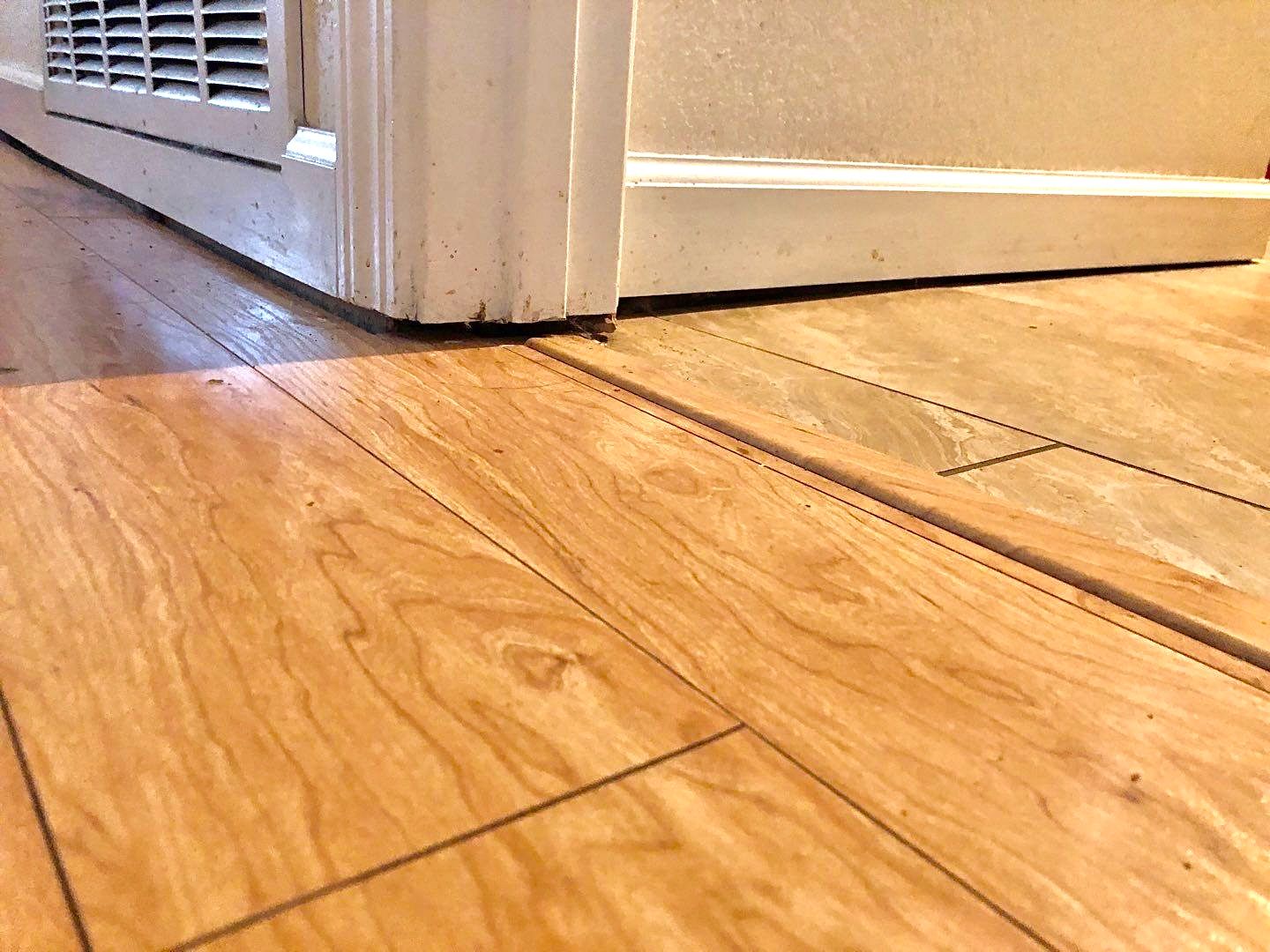
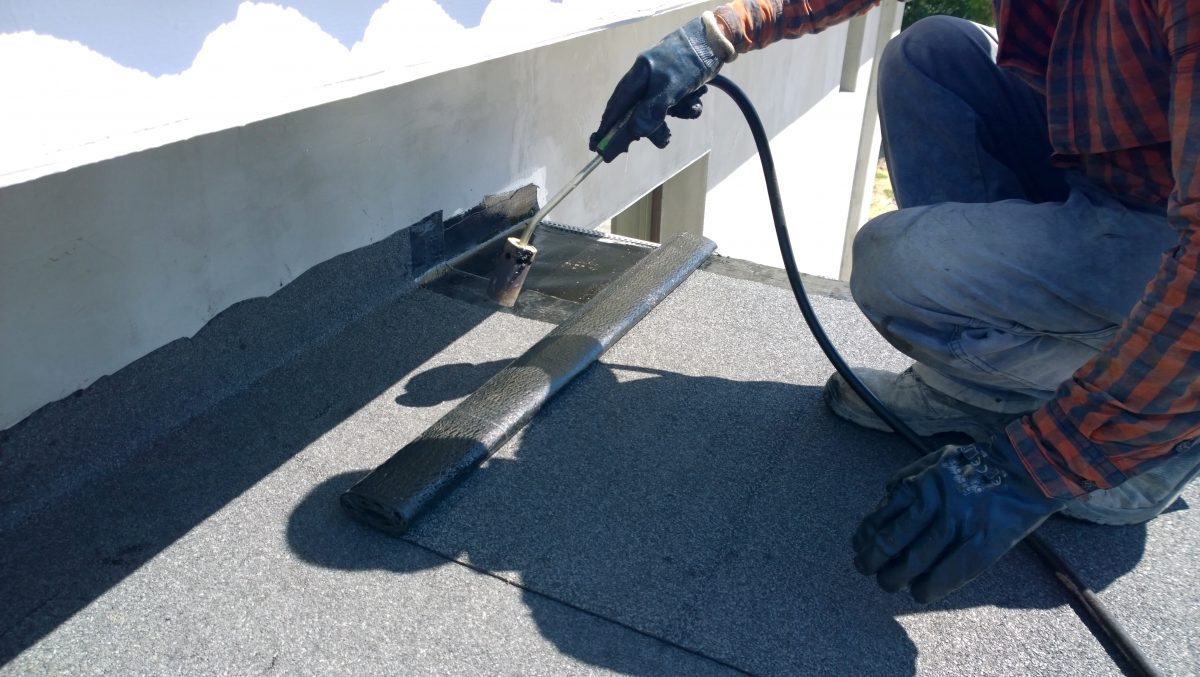
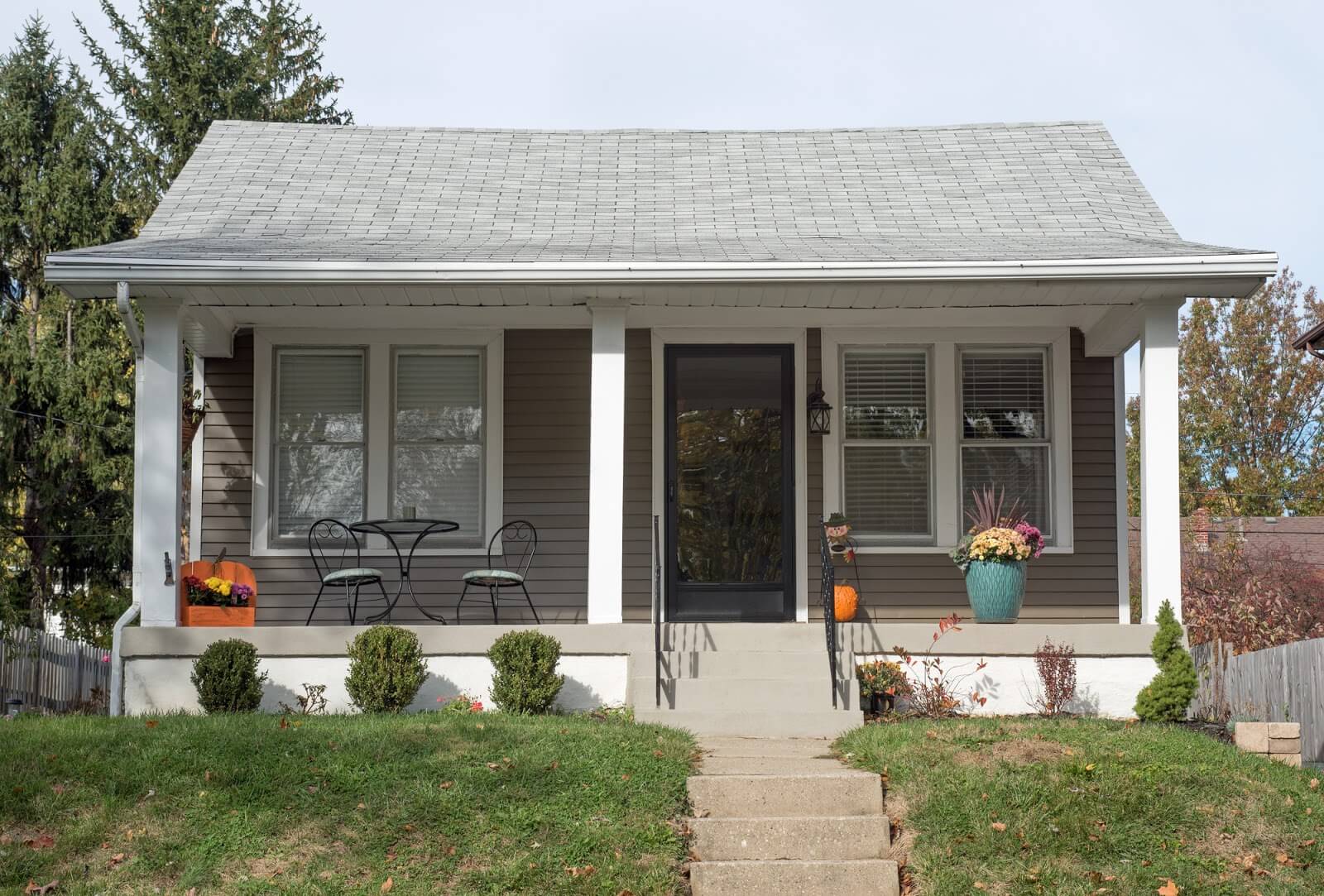
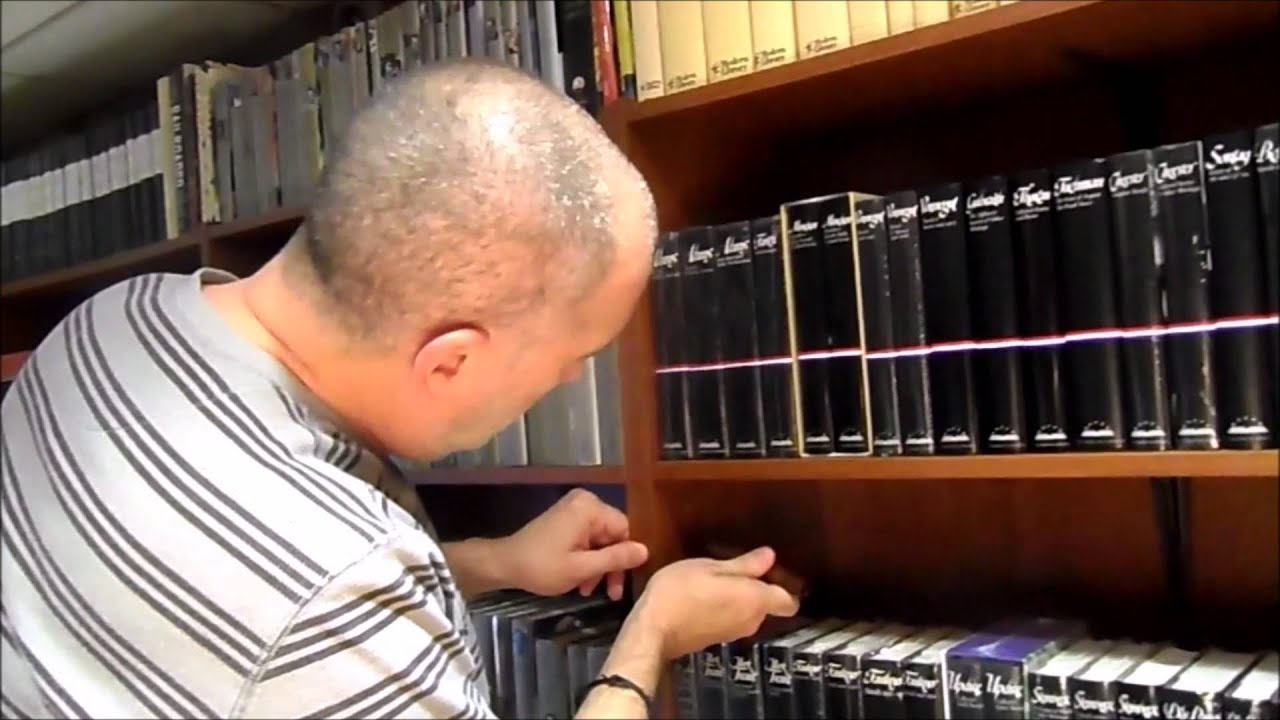
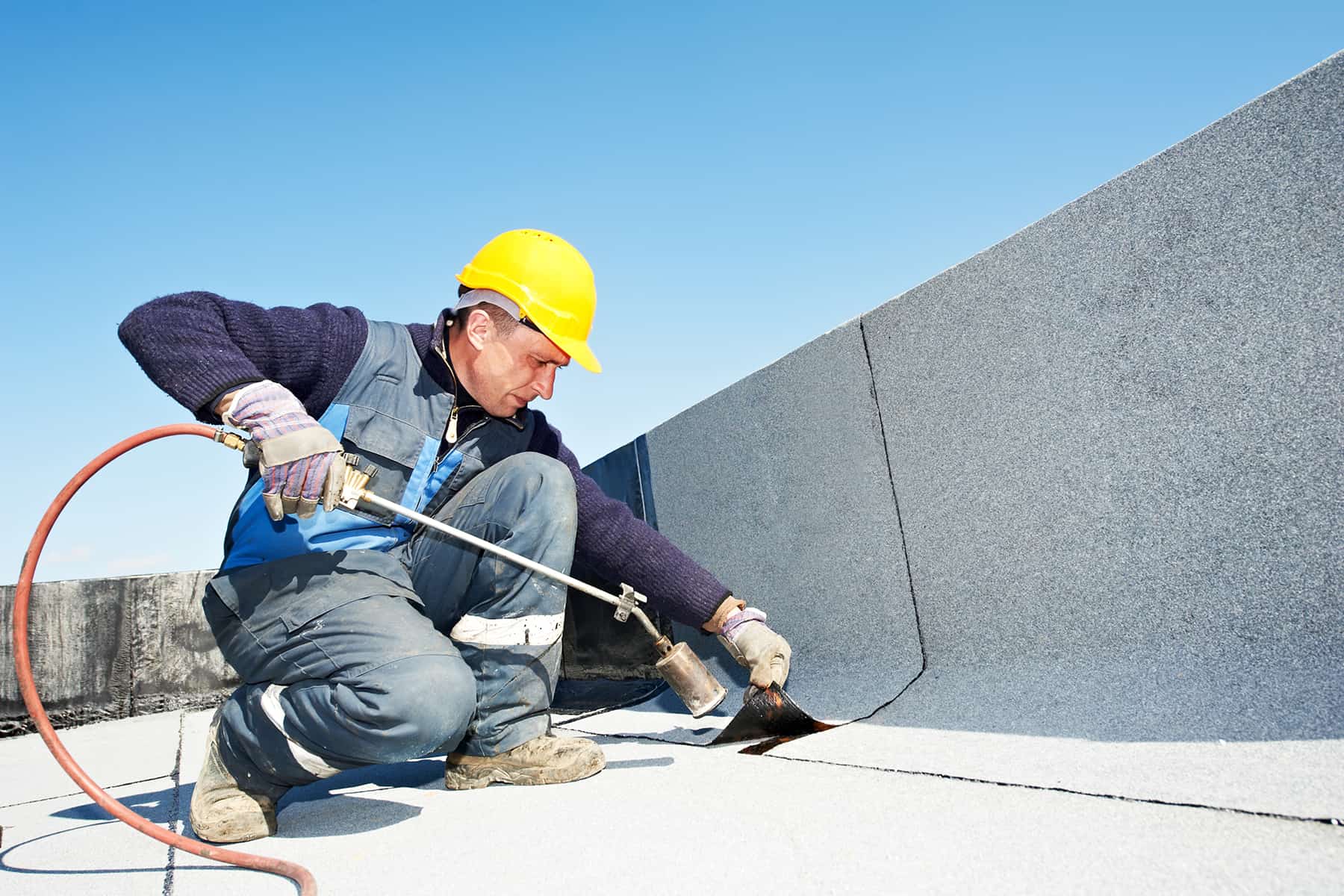
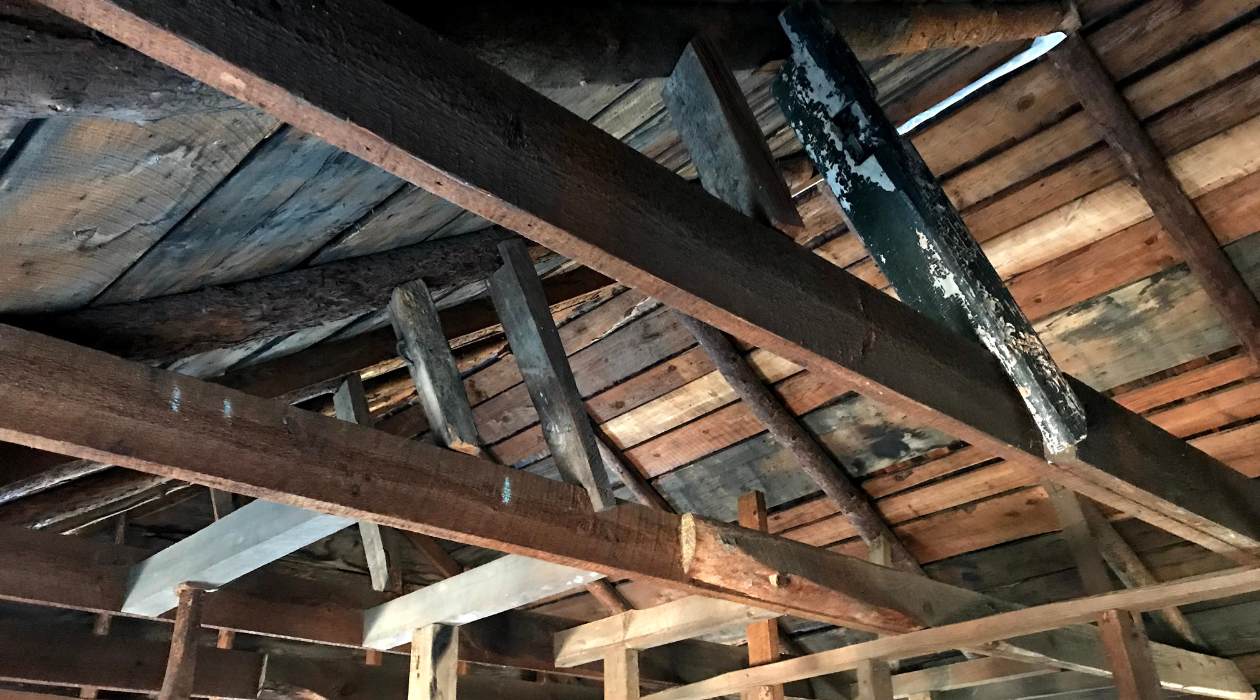
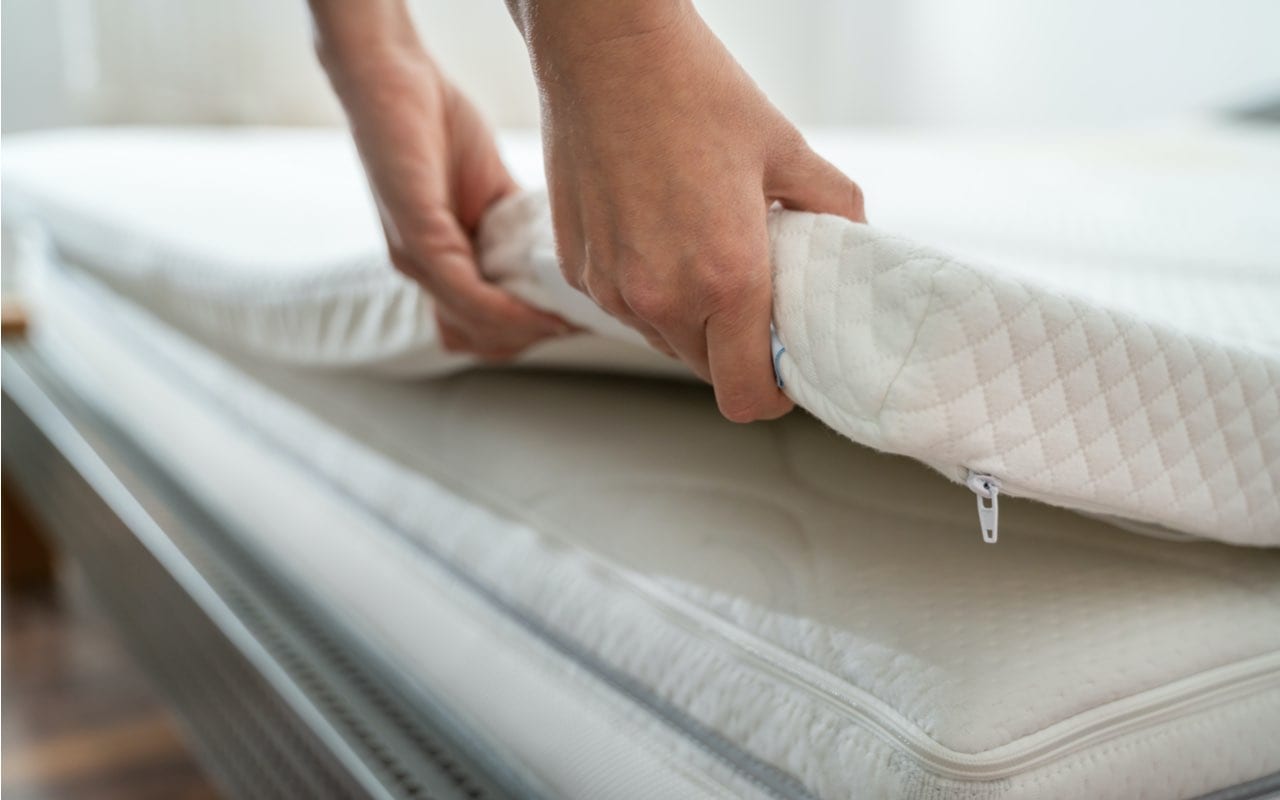
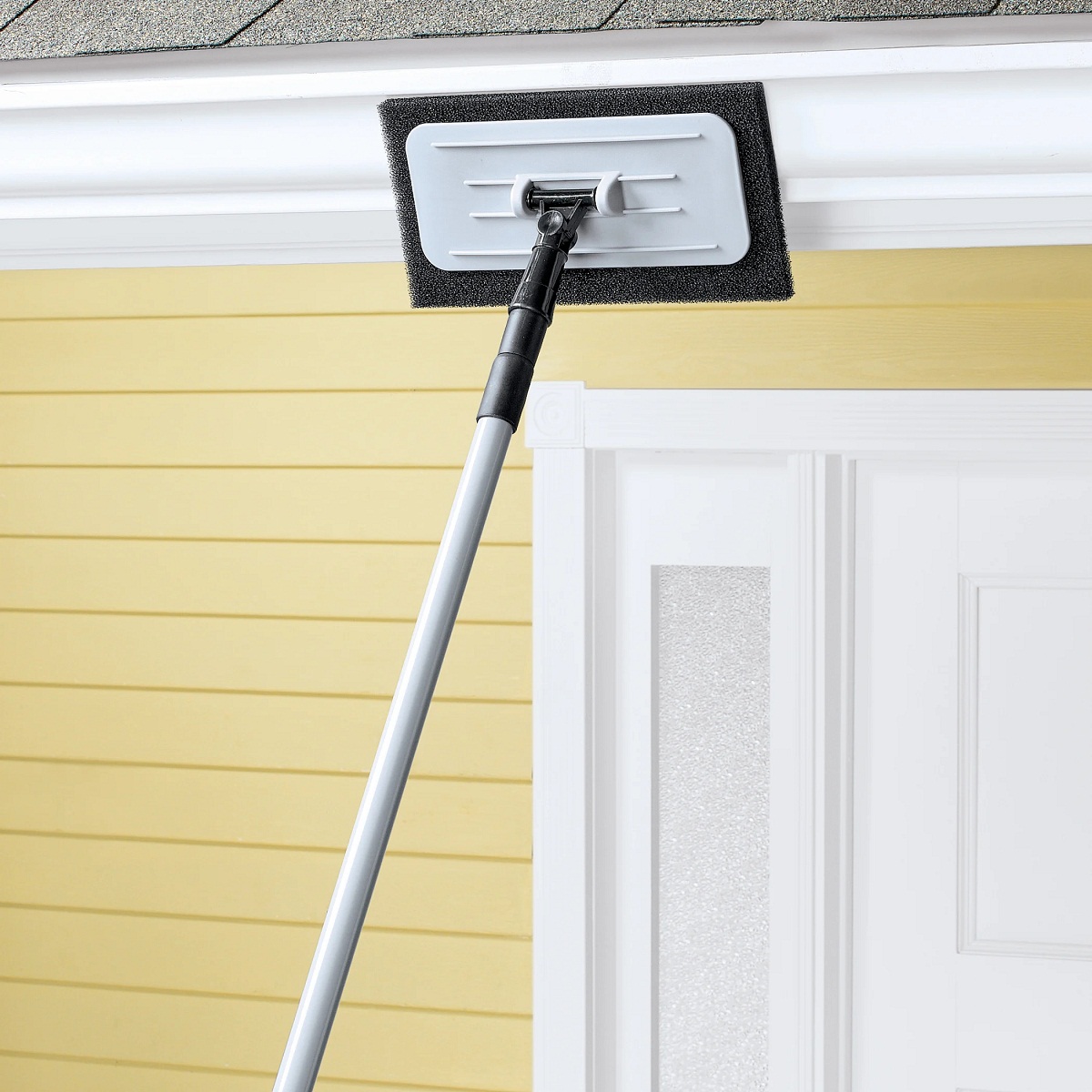
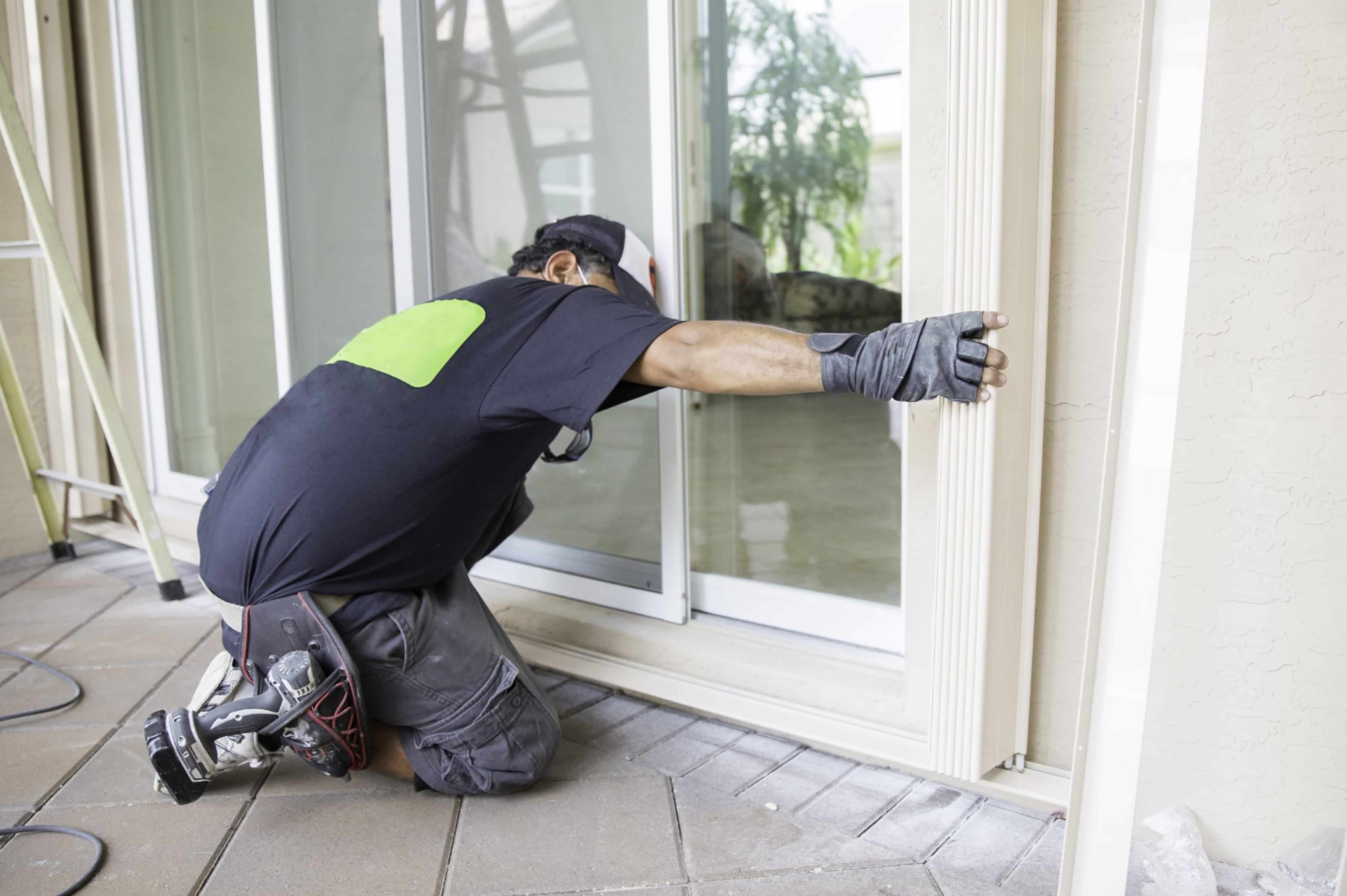
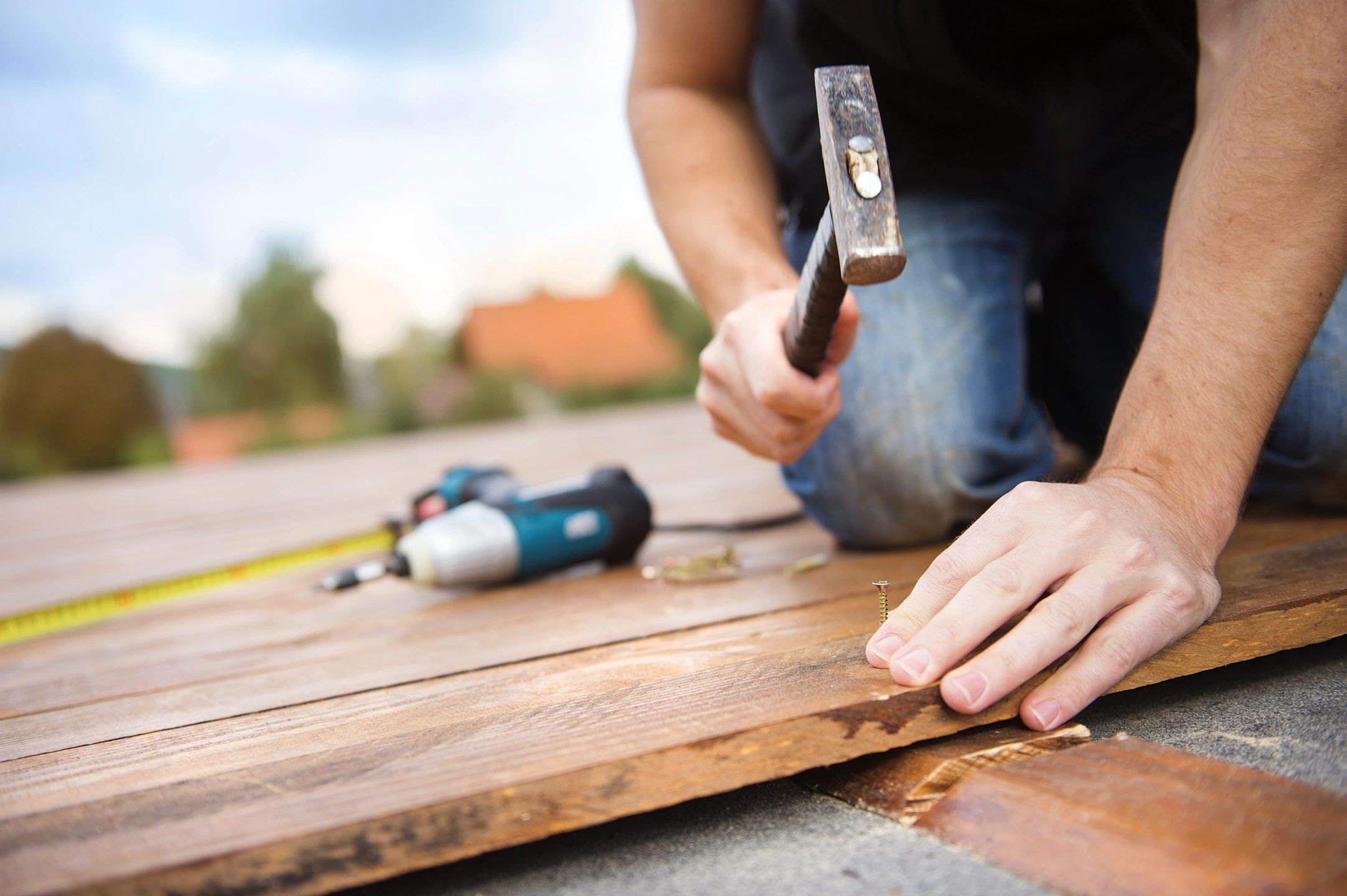

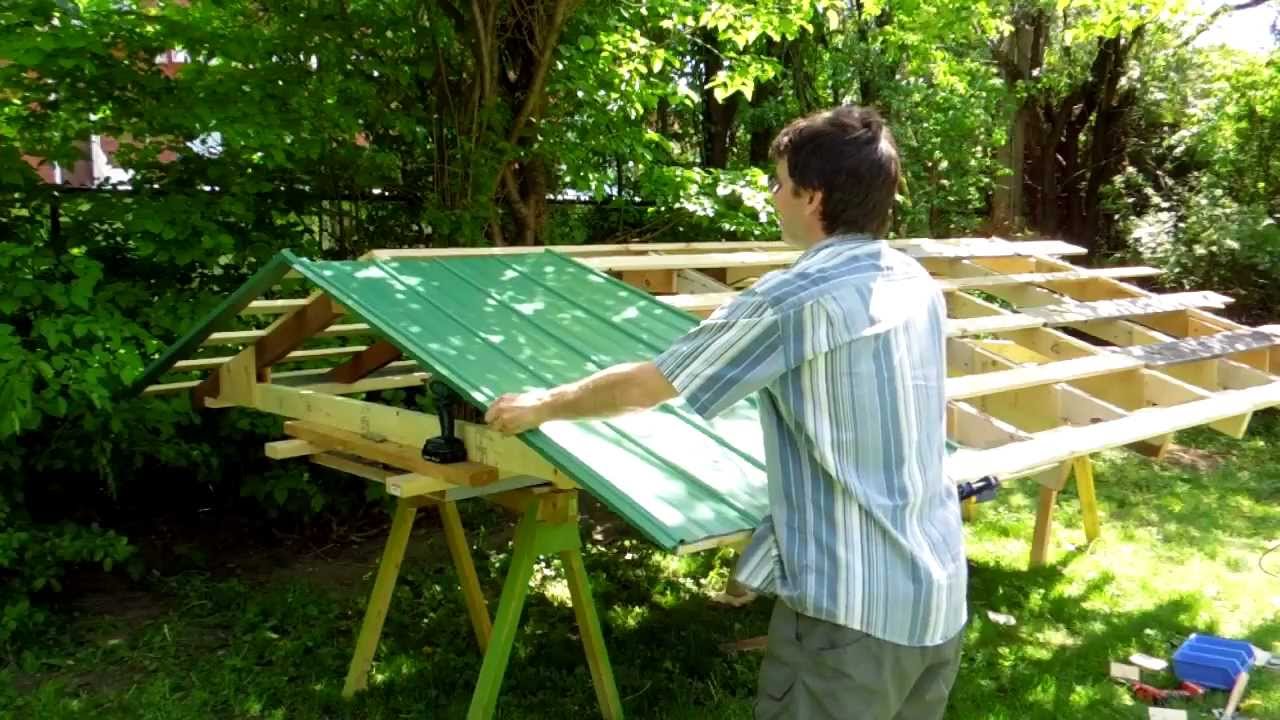

0 thoughts on “How To Fix A Sagging Flat Shed Roof”